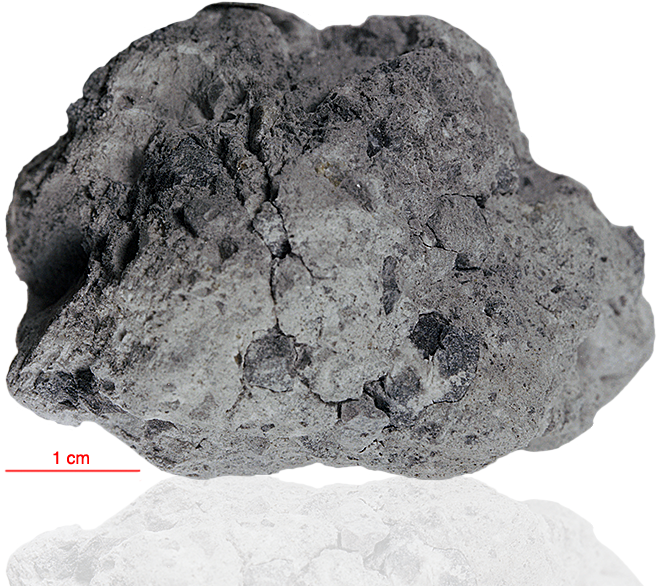
Fact sheet
67549 and 67546 are rake samples from the rim of North Ray Crater. They are porous and rounded with a light matrix and both light and dark clasts. 67549 contains about 35% low-Ca pyroxene although this is lacking in our thin section which is dominated by plagioclase feldspar. Clasts of light-brown melt are also present. Rotation points focus on the unusual twinning found in the plagioclase.
The sample weighed 43.1 grams before analysis and has not been dated.
Further details of this and other Apollo samples are here: http://curator.jsc.nasa.gov/lunar/
The thin section is slightly thick.
The Apollo 16 landing site was in the hilly region around Descartes crater in the lunar highlands. The landing spot was chosen to allow the astronauts to gather geologically older lunar material (Descartes Formation and the Cayley Formation) than the samples obtained in the first four landings, which were in or near lunar maria.
The mission lasted 11.1 days, with a stay on the lunar surface of 71 hours. The crew were on the lunar surface for 20.2 hours during which they traversed approximately 27 kilometers and collected approximately 96 kilograms of samples.
Apollo 16 was launched on 16 April 1972.






